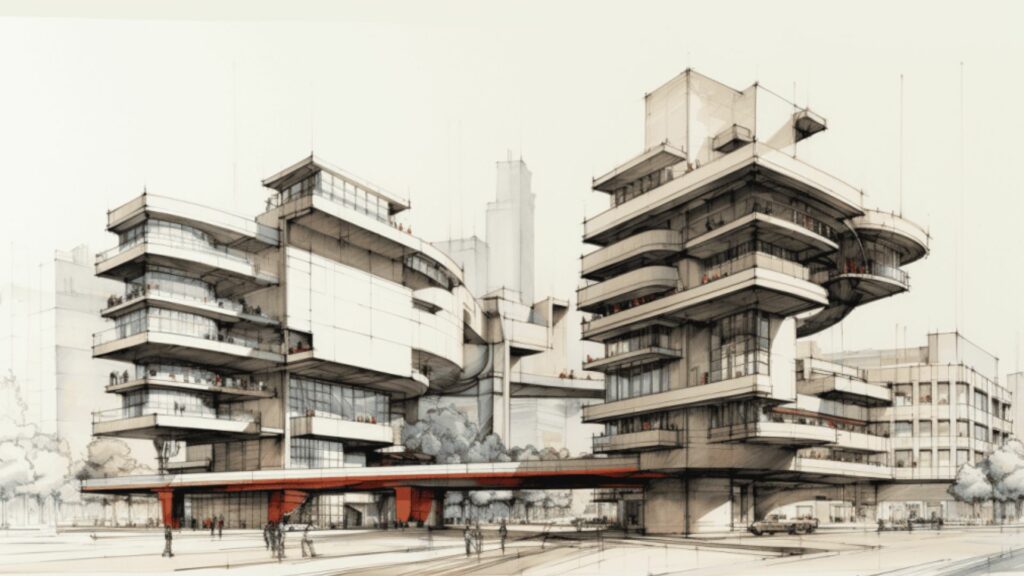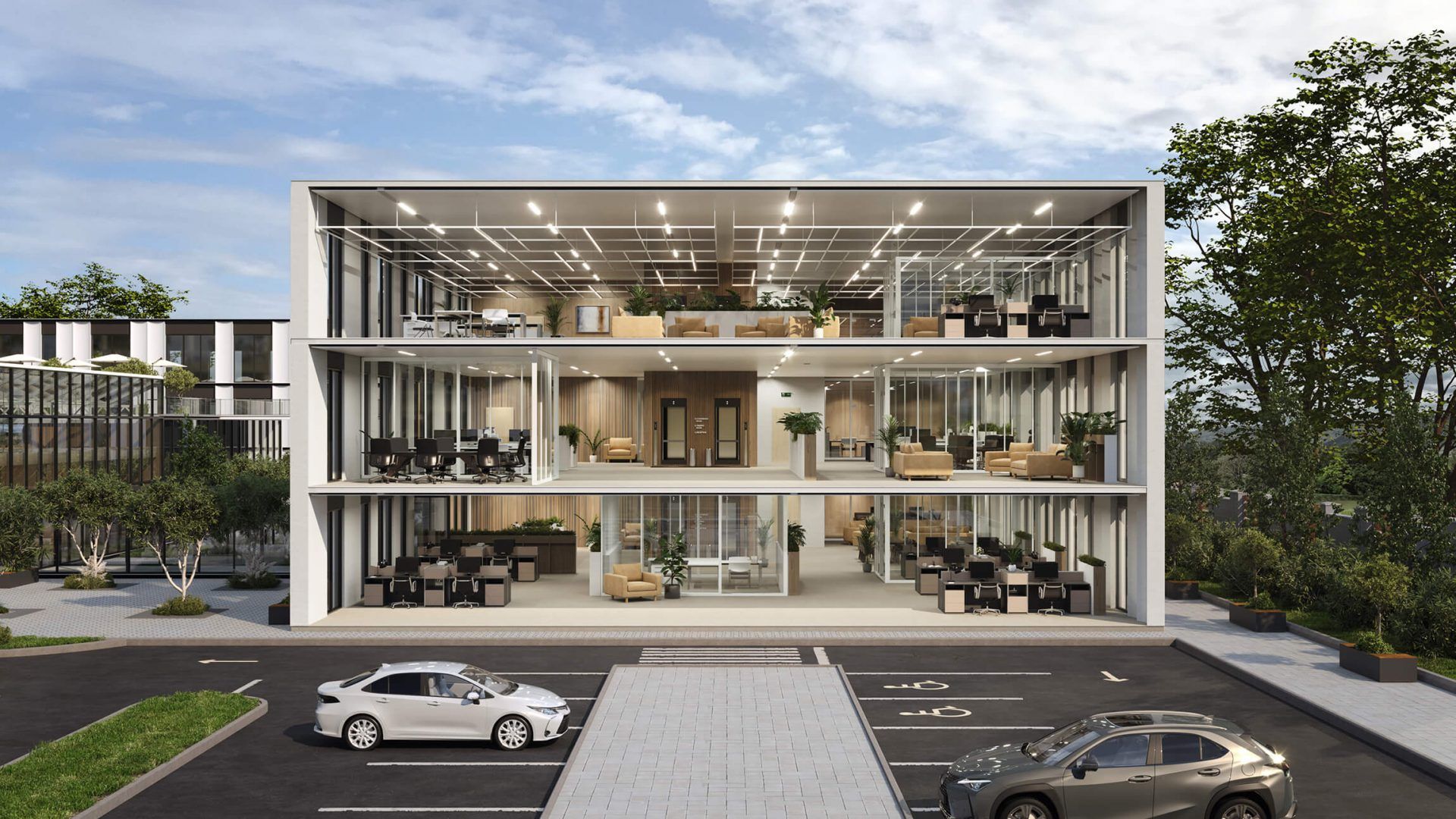Architectural visualization techniques are crucial in today’s architecture. They help architects communicate designs to clients. With these techniques, architects make their designs come alive. This enhances understanding and engagement. Through innovative visualization, architects create a clearer picture of their ideas. This clarity is vital for clients and stakeholders. It ensures everyone is on the same page. Visualization techniques enable architects to showcase their vision vividly. This strengthens confidence in the proposed designs. Ultimately, these methods drive better collaboration and decision-making.

Understanding Architectural Visualization Techniques
Firstly, architectural visualization techniques encompass a wide range of methods and tools that architects utilize to illustrate their ideas. More so, these techniques, ranging from traditional hand-drawn sketches to cutting-edge digital simulations, enable architects to communicate spatial concepts and design aesthetics with clarity and precision.
The Role of 3D Rendering
Secondly, 3D rendering stands at the forefront of architectural visualization techniques, offering architects the ability to create realistic representations of their designs. With advanced rendering software, such as Autodesk’s Revit or Trimble’s SketchUp, architects can generate immersive visualizations complete with textures, lighting, and spatial relationships. This technique facilitates a comprehensive understanding and visualization of proposed architectural projects.
Harnessing Virtual Reality (VR) Technology
Thirdly, virtual reality technology has emerged as a game-changer in architectural visualization. VR enables clients and stakeholders to experience architectural designs in a fully immersive manner. By donning VR headsets, users can navigate through virtual environments, gaining insights into spatial dynamics and design aesthetics. This interactive experience enhances client engagement and facilitates informed decision-making.
The Art of Photorealistic Rendering
Augmented Reality (AR) for Interactive Experiences
Blending Hand Sketches with Digital Tools
While digital visualization tools dominate the architectural landscape, traditional hand sketches remain a valuable aspect of the design process. Architects often combine hand-drawn sketches with digital rendering techniques, infusing projects with artistic authenticity and human touch. This blend of analogue and digital methods allows architects to explore design ideas with creativity and spontaneity.
The Evolution of Architectural Visualization Software
Advancements in architectural visualization software continue to drive innovation and efficiency within the industry. Consequently, from real-time rendering engines to cloud-based collaboration platforms, architects have access to a plethora of tools to streamline their workflow and enhance visual communication. Moreover, these software advancements empower architects to push the boundaries of creativity and deliver exceptional design experiences.
Conclusion
